Source - http://english.scuderiequirinale.it/categorie/exhibition-augusto-rome
Exhibition devised by Eugenio La Rocca, curated by Eugenio La Rocca, Claudio Parisi Presicce, Annalisa Lo Monaco, Cécile Giroire e Daniel Roger
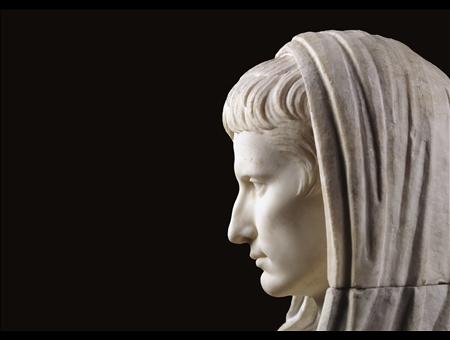
Statua togata, Augusto capite velato come Pontefice Massimo (da via Labicana), particolare Roma, Museo Nazionale Romano, Palazzo Massimo alle Terme
The exhibition is organized by Azienda Speciale Palaexpo - Scuderie del Quirinale in association with the Musei Capitolini, Rome, and the Réunion des musées nationaux - Grand Palais and Musée du Louvre, Paris
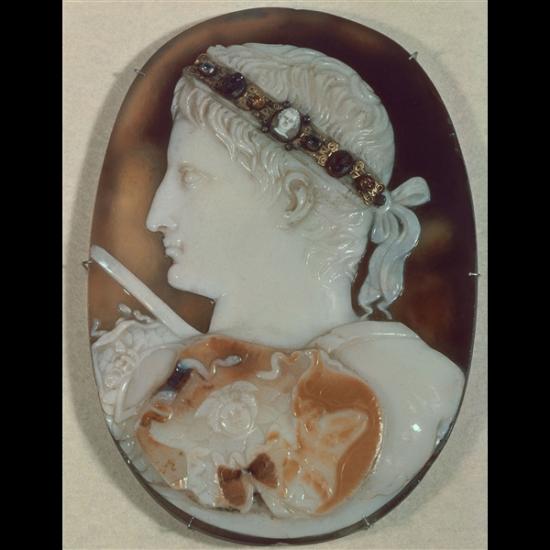
Cammeo di Augusto (cammeo Blacas), età tiberiana © Londra, The British Museum
The exhibition at the Scuderie del Quirinale to mark the 2,000th anniversary of Augustus's death tells the parallel stories of his dazzling career and of the birth of a new era. The adopted son and great-nephew of Julius Caesar, Augustus was a man endowed both with exceptional charisma and with extraordinary political intuition. Where even Julius Caesar had failed, he succeeded in putting an end to the decades of internecine strife that had brought the Roman Republic to its knees, and in inaugurating a new political era: the Empire.
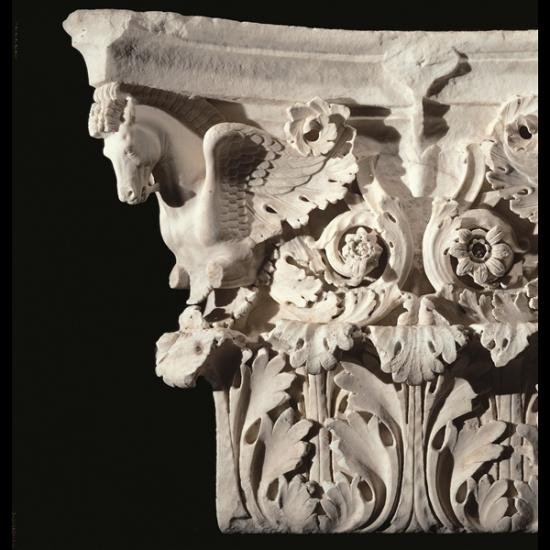
Capitello di lesena dal tempio di Marte Ultore_Mercati Traiano PART Roma, Museo dei Fori Imperiali
His reign, which lasted over forty years, was to be the longest in the city's entire history. Under Augustus the Empire achieved its greatest expansion, spreading to cover the whole of the Mediterranean basin, from Spain to Turkey and from the Maghreb to Greece, and Germany. The details of his life and dazzling career are known to us both from the emperor himself and from historians as Velleius Paterculus, Suetonius, Tacitus and Cassius Dio. In fact there are very few other Roman emperors for whose life we have such a large number of written sources.

Statua virile come Hermes, cosiddetto Marcello, 20 a.C. ca. Parigi, Musée du Louvre, Département des Antiquités grecques, ètrusques et romaines © RMN
This allows us to reconstruct the stages of a political career in the course of which Augustus held all of the most important public offices, and at the same time to track the disastrous series of deaths in his family that robbed him, in the space of a few decades, both of Agrippa, his son-in-law and deputy, and of the heirs designated to succeed him: his nephew Marcellus, the son of his sister Octavia, and Gaius and Lucius Caesar, the sons of Julia and Agrippa.
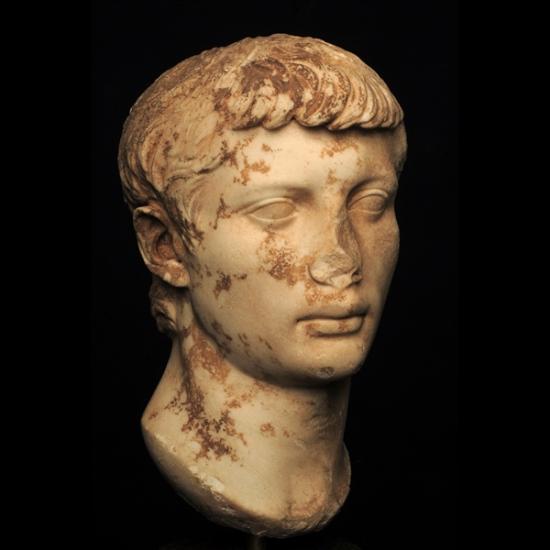
Ritratto di Marcello - Roma, Collezione della Fondazione Sorgente Group, foto di Luca Fazzolari
Thus on his death the Empire passed into the hands of Tiberius, the son of his third and much-loved wife Livia. The end of civil strife was skilfully marketed as an era of peace, prosperity and abundance. It was then that such crucial concepts as pax, pietas and concordia began to circulate, sung by poets of the calibre of Virgil, Horace and the entire coterie of intellectuals gathered around Maecenas.
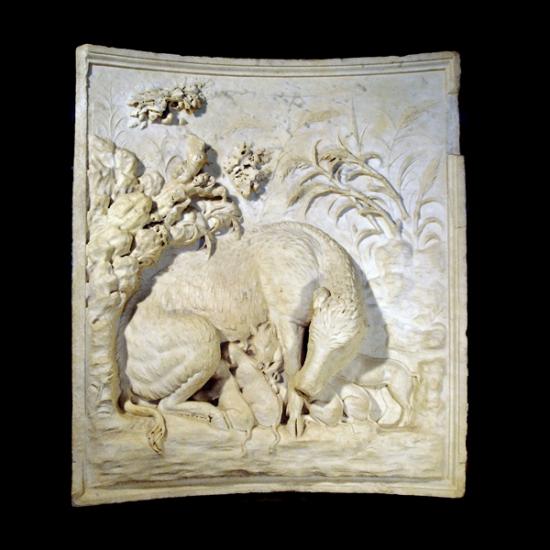
Rilievo con cinghialessa dalla collezione Grimani - Palestrina, Museo Archeologico Nazionale -
PART.2